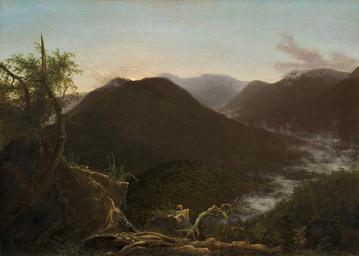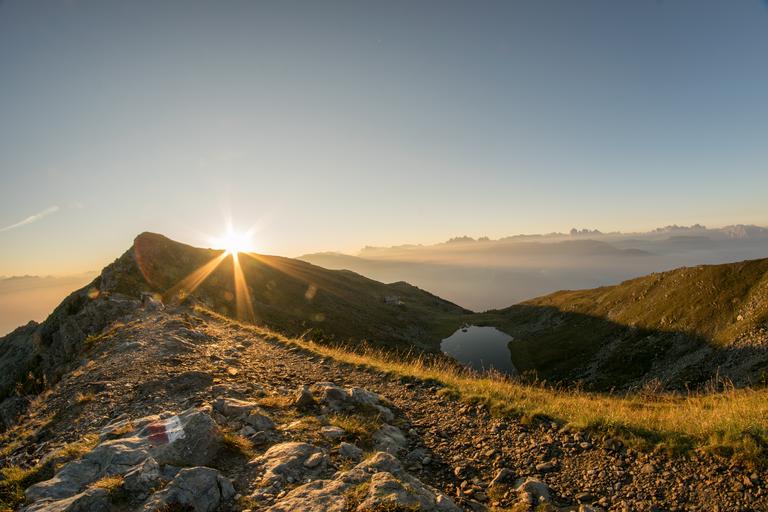Introduction
Photography is not merely a medium for capturing moments; it serves as a lens through which we explore and interpret life’s multifaceted themes. One of the most intriguing narratives in this art form revolves around the contrasting elements of decay and growth, encapsulated beautifully in the concept of "Ruin to Bloom." This article will delve deeply into various themes in photography, focusing on how artists use their cameras to tell stories of resilience, transformation, and the intricate dance between nature and man-made structures.

The journey from ruin to bloom captures an essential aspect of our existence—how we navigate through decay towards renewal. Life themes in photography can evoke powerful emotions, challenge perceptions, and spark questions about our relationship with the world around us. Through aesthetic photography, fine art self-timers, and narrative photography, artists bring forth human experiences that resonate with viewers on a profound level.
In this comprehensive exploration of “Life Themes in Photography: From Ruin to Bloom,” we will address different facets such as self-portrait photography, black and white photography, artistic expression, and more. With over 25 headings and sub-headings, we aim to guide you through a rich tapestry woven from personal growth narratives captured within the frame.
Life Themes in Photography: From Ruin to Bloom
Understanding Life Themes in Photography
Photography has always been a reflection of human experience. The life themes present within this art contribute significantly to its emotional depth. So how can one define these themes? At its core, they represent various aspects of human existence—joys, struggles, relationships, decay, and regeneration.
- Emotional Resonance: Capturing sentiments that resonate with viewers. Cultural Reflection: Documenting societal norms and values. Temporal Nature: Illustrating the passage of time.
These aspects can create compelling narratives that engage audiences on multiple levels.
The Aesthetics of Decay: Capturing Ruins
Exploring Moss-Covered Ruins in Photography
Moss-covered ruins symbolize the intersection where nature reclaims what was once constructed by humans. The soft greens juxtaposed against crumbling stones evoke feelings of nostalgia while illuminating nature's resilience.
- Visual Contrast: The textures created by moss against rough stone create striking visuals. Symbolism: Represents both beauty and neglect.
Capturing these scenes often involves using varying shutter speeds to highlight movement—light filtering through foliage or water trickling down stone can breathe life into still images.
Nature Versus Structure: A Poetic Exploration
The tug-of-war between nature and man-made structures tells a timeless story. Photographers often explore this theme by contrasting decaying buildings with thriving vegetation that envelops them.
- Narrative Layers: Each photograph can tell multiple stories—the rise of civilization versus its inevitable decline. Aesthetic Fine Art Photography: Using color palettes that emphasize decay but also celebrate rebirth.
When photographing these interactions, consider how light plays a role; early morning or late afternoon golden hours create magical atmospheres conducive for storytelling.
Blooming Amidst Decay
Withering Beauty: Finding Grace in Imperfection
Withering beauty represents another dimension within photography's vast landscape. It invites contemplation about life cycles—how something once vibrant can gracefully transition into decay yet still hold beauty within its deterioration.
- Artistic Expression: Embracing imperfection allows photographers to capture authentic moments.
This type of photography often lends itself well to black-and-white techniques because it strips away distractions while accentuating texture and form.
Human Narratives Within Natural Contexts
Integrating human figures into natural settings introduces additional layers to photographs focused on ruin and bloom. How do individuals interact with their environments? What stories unfold?

- Self-Portrait Photography: By placing oneself amidst these scenes, photographers create intimate connections between their inner journeys and external realities.
Such explorations invite introspection about personal growth as one navigates their path amidst life's challenges represented through imagery.
Timeless Self-Portraits: Artistic Self-Expression Through Time
Playing with Time in Self-Portraiture
Self-portraiture has emerged as an essential tool for exploring identity within broader contexts. By experimenting with shutter speed or incorporating elements like overgrown ruins or vibrant blooms into compositions, artists convey complex narratives about themselves amid changing surroundings.
Capture fleeting moments Use intentional blurring effects Incorporate natural elements symbolizing growthThis approach emphasizes both personal exploration while simultaneously addressing larger themes—growth emerging from adversity resonates universally across cultures.
The Role Of Nature In Artistic Narratives
Nature Reclaiming Spaces: A Dual Narrative
The phenomenon where nature reclaims abandoned spaces serves as both a metaphorical representation of renewal while also highlighting histories often overlooked by society at large—a crucial aspect when examining life themes present throughout photographic works today.
Documenting change over time Exploring urban decay contrasted against wild growthPhotographers have used these concepts effectively throughout history—from capturing crumbling factories overtaken by vines to serene landscapes dotted with remnants from past civilizations—all inviting viewers to reflect on their relationship with land itself.
Extending Life Through Visual Arts
Artistic endeavors extend beyond mere documentation; they become channels for communicating https://zenwriting.net/allachtqvb/identity-in-art-how-pictures-show-our-inner-selves deeper truths about existence itself—the delicate balance between creation/destruction evident everywhere around us!
By emphasizing motifs like blooming amidst chaos or finding beauty even when faced with decline (e.g., tarnished color photography), artists foster appreciation for life's complexities while encouraging audiences toward hopeful perspectives despite adversities encountered daily!
FAQs
1. What is self-portrait photography?
Self-portrait photography involves capturing oneself within an image rather than relying solely on others' perspectives—a form of artistic self-expression allowing individuals insight into their own identities explored creatively through visual narratives!

2. How does fine art photography differ from commercial photography?
Fine art focuses primarily on artistic vision without commercial constraints whereas commercial aims toward specific market needs often prioritizing aesthetics over deeper emotional resonance found inherent within fine art pieces emphasizing personal interpretations instead!
3. What role does black-and-white photography play in storytelling?
Black-and-white techniques provide profound contrasts enhancing textures/lines allowing viewers' focus directed towards emotions/narratives conveyed rather than getting distracted by colors—this creates timelessness inviting reflective engagement!
4. How can I incorporate ruin into my own photographic work?
Seek out local sites showcasing remnants left behind (old buildings) paired natural elements reclaiming these spaces—experiment visually framing subjects together conveying stories evoking emotions tied closely connected humanity/nature interplay!
5. Why is symbolism important in narrative photography?
Symbolism enriches visual storytelling enabling layered meanings invites deeper reflections connecting experiences shared among diverse audiences prompting conversations surrounding universal themes such as love/loss/growth transforming ordinary subjects extraordinary significance!
6. Can I use self-timer functionality creatively?
Absolutely! Utilizing self-timers opens up countless possibilities allowing freedom experimentation positioning oneself creatively alongside chosen environments enhancing storytelling dynamics adding uniqueness artistry displayed through personal lenses!
Conclusion
As we've traversed the landscape of "Life Themes in Photography: From Ruin to Bloom," it's clear that this art form transcends mere aesthetics; it embodies our collective narratives—the joys intertwined with challenges experienced throughout human existence—from exploring moss-covered ruins reflecting histories embedded within landscapes reclaiming power back again blossoming amid adversity symbolizes hopefulness perseverance ultimately leading toward healing rejuvenation!
Photography continues serving as both mirror revealing truths hidden beneath surface-level appearances offering glimpses boundless opportunities discover transformative journeys awaiting each click shutter guiding us navigating complexities associated living harmoniously amidst contrasts found everywhere around us!